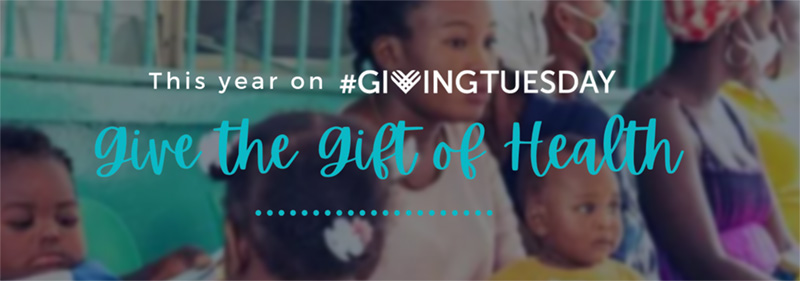Save the Children released its annual State of the World’s Mothers report today, and I’ve been pouring over it all morning. The statistics, the calls for increased public investment have played many times before by everyone from C2C to the UN. What’s new and most effective about the report, I think, is a series of essays from business, national security, political, economic and arts leaders. One I’d like to highlight is from Anne Mulcahy, former CEO of Xerox Corporation.
It’s an intuitive no-brainer that investment in global maternal health is “good”. When we get down to the brass tacks, what evidence do we have to support that claim? If we’re to see meaningful change, there has to be more to it than sentimentalism for moms and motherhood and a belief in the human right to basic healthcare. If what we seek is sustainable funding sources and impactful program planning, then we need data-driven rationale. So, let’s look at pitching investment in maternal health the way we’d drive any other investment decision.
First, we know what solutions work. We’re not paying for R&D (research and development) anymore. We’re investing in low-cost, low-tech programs focused on skilled attendance during birth, vaccines, basic antibiotics, and anti-malarials. Basic medical science, tried and true, low risk of failure (controlling for human behavior and user error) to funders.
Second, the ROI (return on investment) is high. This, directly from Ms. Mulcahy:
The Guttmacher Institute estimates that a dollar spent to provide family planning, education and services to low-income women returns four dollars in savings on later healthcare. The World Bank says keeping a young girl in class raises her adult income by about 9 percent for every year of her schooling. According to the Women’s Learning Partnership, for every year beyond fourth grade that girls attend school, and entire country’s wages rise by 20 percent. And another recent study shows that mothers put 90 percent of their income into family and community, compared to 30 percent from men.
Third, it’s an economic boon for the U.S. Women are the biggest emerging market in the planet’s history (although, they might have always been…). As the recession subsides, it’s anticipated that most of the economic growth will come from developing countries, which is something the US is increasingly dependent on (again, not sure what the correlation is, here, but I imagine it has something to do with either global security and the homogenization of our economic and social interests or trade balances.)
I want to add a “Four” here, so we’re going to hop over to the essay by retired US Army Colonel John Agoglia on investing in women as sound national security policy. Col. Agoglia led counter-insurgency training in Afghanistan for over two years. Afghanistan is ranked the #1 worst country to be a mother; 1 in 11 women will die there from complications of pregnancy and childbirth for lack of the same things cited by Ms. Mulcahy (again, we KNOW what works). The logic chain Col. Agoglia uses goes something like this: Every woman they engaged with medicine and basic food supplies and healthcare, engaged a family. Each family engendered a growing community of “gratitude and hope.” Better health for the women meant more productivity and optimism for the future, which increased the likelihood that their children would be kept in school. With education, family income rose and radical solutions seemed less appealing. In sum, protecting women’s health allows them to realize their full value to society, makes them more self-sufficient and less motivated to extremism.
Investing in mothers is good business. It doesn’t require new medicines or technology; its returns are locally significant; and its sound economic and national security policy for the U.S.
Now, let’s make sure the U.S. budget for humanitarian and poverty-focused development doesn’t get cut!


